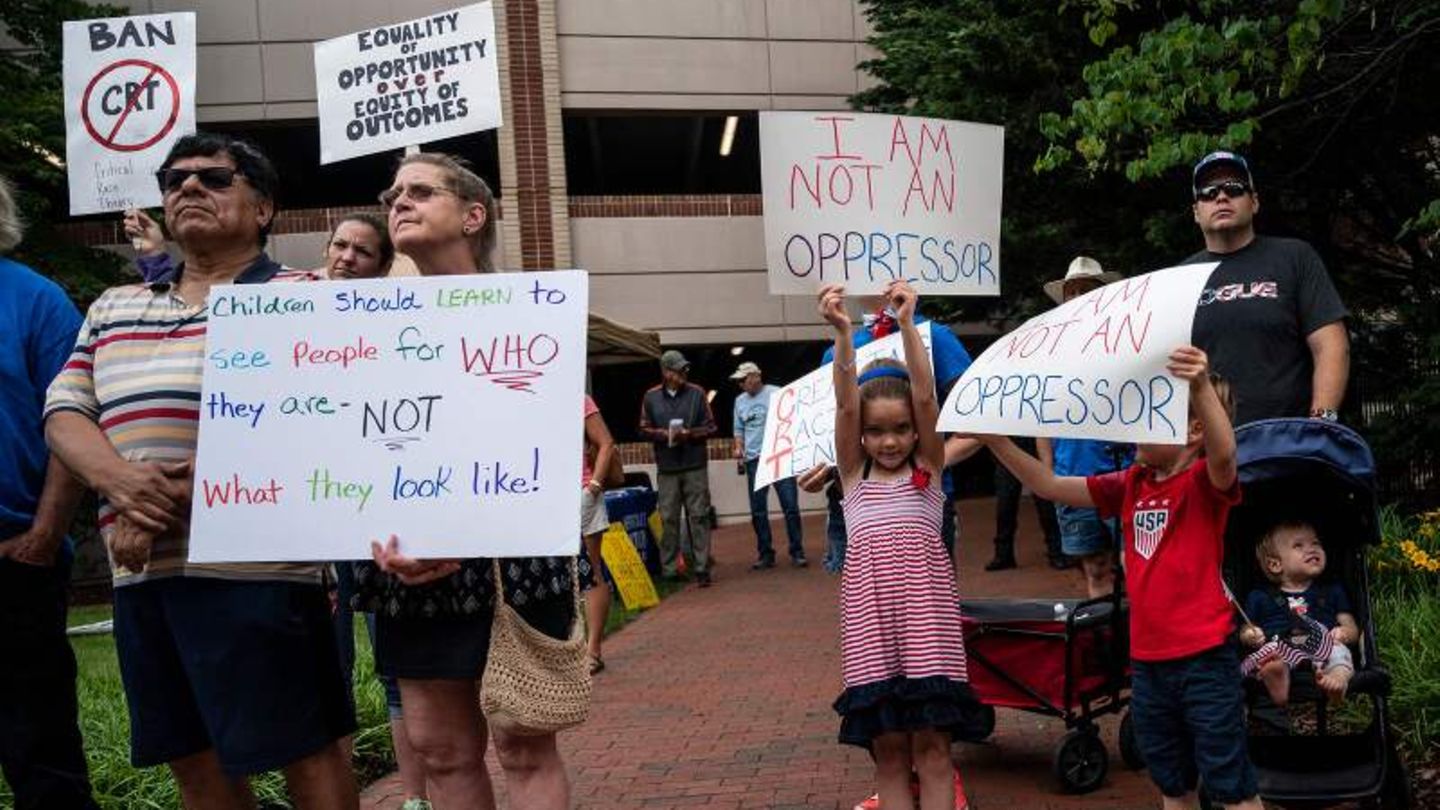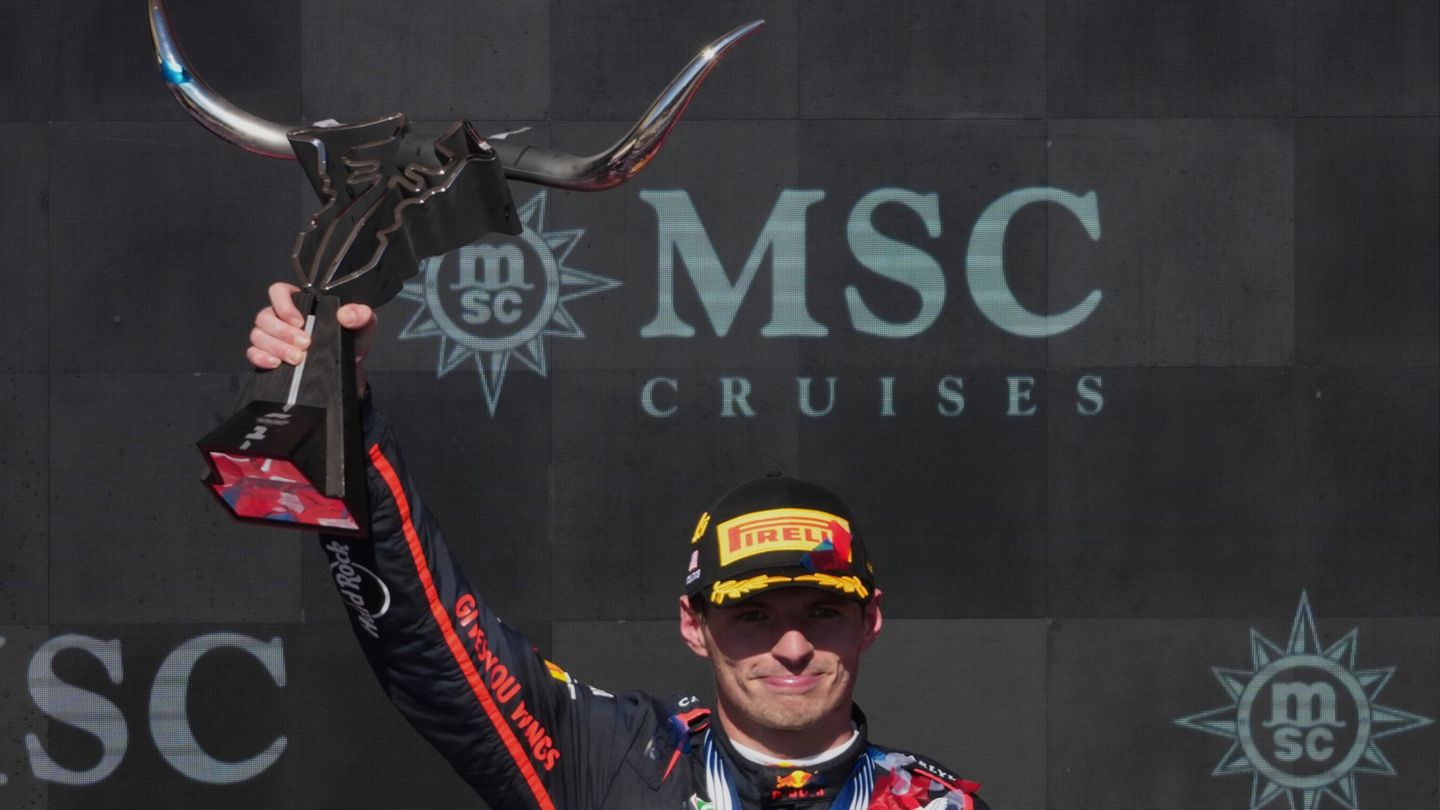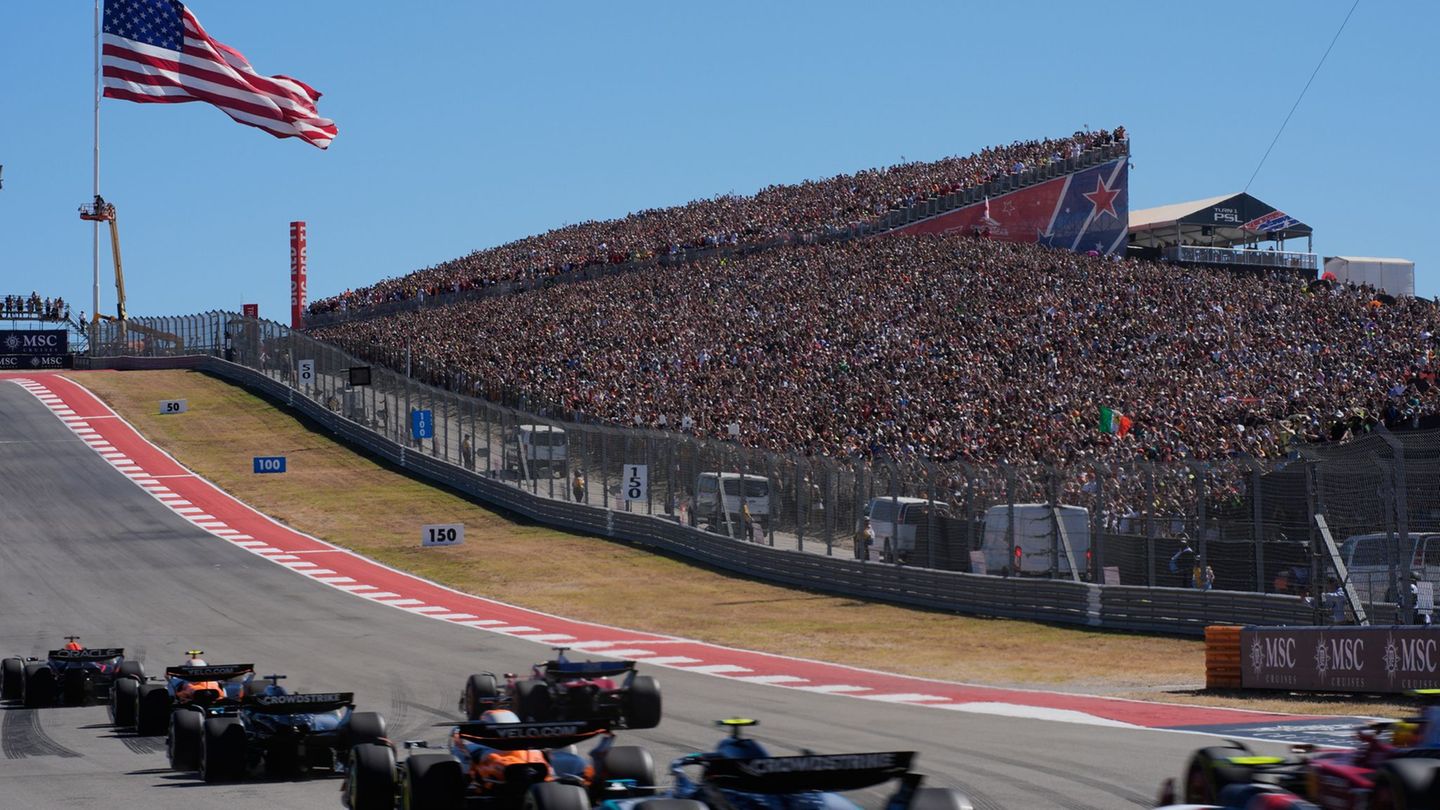American rights distort the critical race theory scientific theory for political struggle. But what is really behind the apprenticeship – and why is the dispute now also reaching Germany?
A bitter struggle is currently raging at US high schools over the coming to terms with police violence against black people and the structural racism in the country. White parents accuse teachers and officials against using racism, punishing children for being white and spreading communist-Marxist teachings.
This is how a new fighting term for the right was born: Critical Race Theory. The lessons behind it are anything but new.
Was behandelt die Critical Race Theory?
The interdisciplinary theory has its origins in US law of the 1970s. The then Harvard professor Derrick Bell described racism, like WEB Du Bois decades before him, as an institutional and structural phenomenon. Racism, according to the theory, is not just based on everyday experiences of non-white people, but is a whole system.
In Germany, too, researchers are now working on the theory. Dr. Robin Celikates is Professor of Practical Philosophy and Social Philosophy at the Free University of Berlin and researches critical theory and migration. Celikates explains that the Critical Race Theory assumes that racism is anchored in the political, economic and cultural order of American society.
“You can’t understand the American present,” says Celikates, “if you don’t look at the history of slavery and racist rule in the country and their consequences.”
However, the theory does not only address the relationship between white and black people: “Inequalities on the labor market, in education, police violence, incarceration rates, access to credit, the housing market,” explains Celikates. “According to the Critical Race Theory, the lines of conflict in all of these fields run along racially constructed group boundaries.”
In the USA in particular, however, the theory is increasingly being misused for political struggles – and in some cases even completely detached from its actual goals.
Donald Trump is fueling the debate
In the current American debate, it seems that the Conservatives are not interested in the true doctrines of theory at all, but in as much polemics as possible. The discussion was started by the former filmmaker Chris Rufo, who has made a name for himself in the right-wing scene as an author of conservative blogs and media in recent years.
Rufo spread the claim on Twitter that schools and government agencies were holding so-called “diversity seminars”. These would serve to “create a common sense of guilt among white American voters”. His allegations relate to an anti-racism training session by a local authority in Seattle, in which the educational scientist Robin DiAngelo is quoted on some slides. DiAngelo addresses the so-called “critical whiteness” and argues along the lines of Critical Race Theory.
As a result, Rufo claimed that government employees were being indoctrinated with Marxist doctrines. Many people then shared photos of their anti-racism training sessions on social media. This gave Rufo’s claim additional momentum.
In a very short time, the fear of Critical Race Theory in public schools spread like wildfire across the country. Former President Donald Trump also fueled the allegations and called for a ban on critical race theory in schools, military academies and state educational institutions.
American self-image should be maintained
The method has a system: Conservative politicians and right-wing media are pursuing two overarching goals with the discussion, according to Celicate. On the one hand, there is the restructuring of teaching in American schools. Anyone who does not critically deal with the racist history of the United States from the arrival of the first African slaves in 1619 to the racial segregation after the civil war to the Black Lives Matter movement appears to be more receptive to America’s narrative as “the best country in the world” .
It is much more a matter of turning “Critical Race Theory” into a new right-wing battle term. Right-wing groups have already done this successfully in the past with “Cancel Culture” and “Political Correctness”. Even initiator Rufo admits this agenda in a tweet: “People should read something crazy in the newspaper and immediately think: ‘Critical Race Theory'”, he writes. “We have decoded the term and will link it to a number of cultural constructs that are unpopular in America.”
This is on fertile ground, because now the fear of the Critical Race Theory even has legal consequences. Oklahoma recently passed a new law for schools. It prohibits teachers from dealing with concepts in class that describe a person as racist, sexist or oppressive based on their skin color or gender. Four other states have already introduced similar bills.
“In response to an imaginary attack, real freedom is restricted”
The result is fear and an attitude of rejection towards the actual content of the theory. According to Celikates, the current discourse is distorted: “The Critical Race Theory is not about denouncing individuals as racists, but about how racist structures are reproduced independently of people and their intentions.”
Republicans and the new right are pursuing a strategy of reversal: criticism of racism is itself stylized as racism. “The criticism of the lack of realization of freedom becomes an attack on freedom,” says Celikates. “As a reaction to this imaginary attack, real freedom, for example in schools, is restricted.” In the past, this defensive stance met other liberation fighters: “Martin Luther King and Nelson Mandela were also defamed as racists and terrorists in their day,” says Celikates. “Today they are celebrated heroes.”
There is also legitimate criticism of the Critical Race Theory
However, there are also valid criticisms of certain types of theory. However, these mainly concern aspects of identity politics – i.e. those who attribute the needs of a group primarily to its external characteristics.
Celikates speaks, for example, of a legitimate discussion as to whether one is at all of race can speak without always underlining that it is race or “race” as a biological basis for such a distinction does not exist. On the question of whether Critical Race Theory race viewed as a purely sociological category or reproduced the supposedly biological aspect and thus acting counterproductive, there are different opinions in science.
The debate reaches Germany
However, the Critical Race Theory does not only apply to the USA. It deals with problems that have been revealing inequality in Germany for decades. “With a different nationality, a foreign-sounding surname or a headscarf, you experience structural racism in Germany as well as in the USA,” says Celikates. “The corona crisis has brought this inequality to light even more clearly.”
The theory is also well received in this country in conservative and right-wing bubbles: The Green politician and Lord Mayor of the city of Tübingen, Boris Palmer, expressed himself critically in a Facebook post about the Critical Race Theory and described it as an “attack on democracy” the middle of society. Critical Race Theory advocates would no longer debate “old white men”, but would “fight, shame and remove them from positions of power”. He goes on to say that the “new anti-racism is racist, illiberal and anti-democratic”. Palmer himself had attracted attention several times in the past for spreading racist terms and resentment.
Social scientist: We have to straighten right-wing fighting terms again
Celikates, meanwhile, it seems important to correct the discussion about the term against distortions like that of Palmer: The past has shown that right-wing fighting terms and discourses like those about the “Cancel Culture” or the circumcision of science in Germany unreflectively from the USA be taken over.
Ultimately, however, the vehement fight against the Critical Race Theory seems to substantiate precisely the theses that science is making: a not inconsiderable part of society denies the existence of structural inequality or even promotes its continued existence. It remains to be seen whether the discussion in Germany will also divide large sections of society or will take place exclusively in political bubbles.
In the meantime, a different development could emerge in the USA: Due to the massive media presence, many more young people will now deal with the teachings of the Critical Race Theory than before. This would mean that the strategies of the right would have failed, at least in part.
David William is a talented author who has made a name for himself in the world of writing. He is a professional author who writes on a wide range of topics, from general interest to opinion news. David is currently working as a writer at 24 hours worlds where he brings his unique perspective and in-depth research to his articles, making them both informative and engaging.




